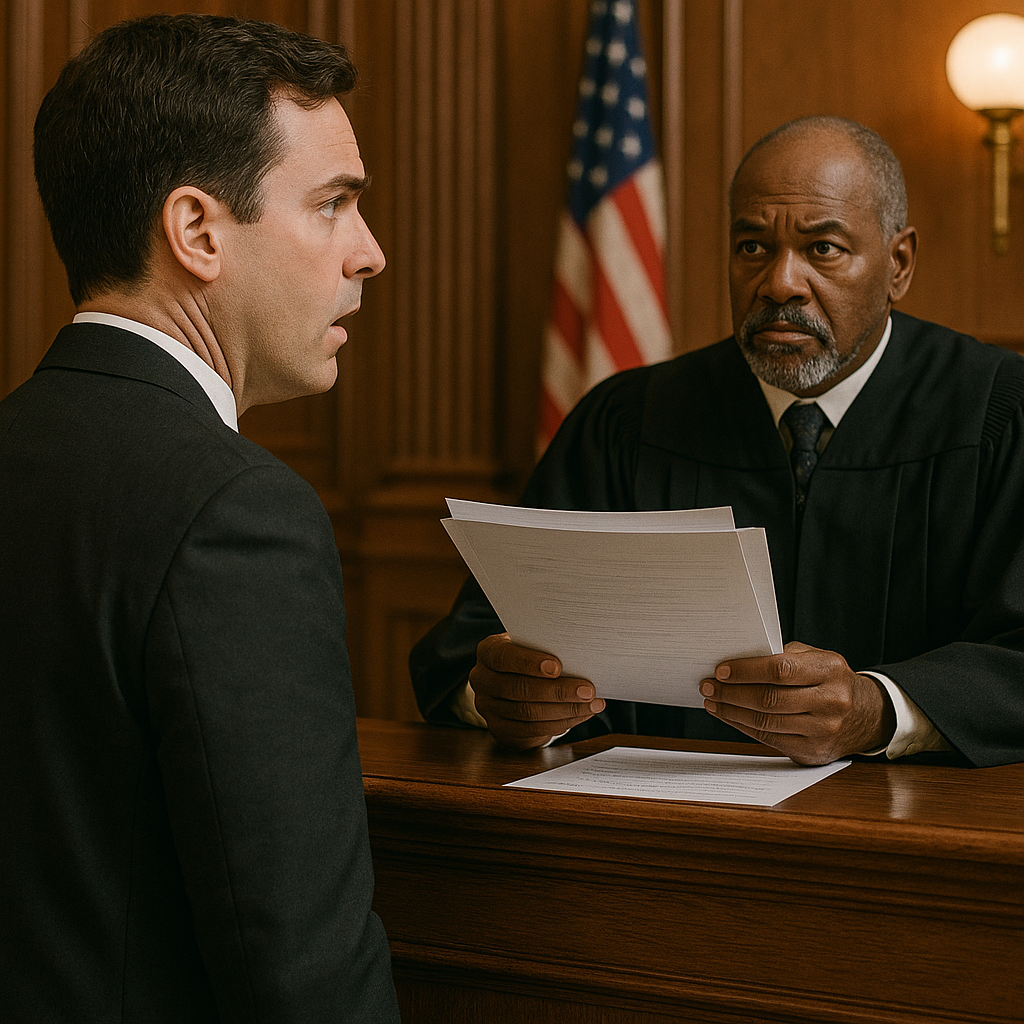Merlin Law Group attorneys Chris Mammel and Tamara Chen-See won an appraisal case pending before the 10th Federal Circuit Court of Appeals.1 The court ruled that the factual determination of damage to brick siding caused by a hailstorm is a factual matter for appraisal and not a coverage issue. The ruling was similar to the recent Connecticut Supreme Court holding involving matching noted in Matching is a Factual Determination and Can Be Resolved by Appraisal.
The case involved a fairly normal dispute which confront insurance adjusters and appraisal panels all the time—how much damage did the hailstorm cause versus normal wear and tear. The normal wear and tear versus the alleged hailstorm damage was to brick siding. The court found that the insurance company wrongly tried to turn this typical factual dispute into a coverage dispute to avoid the appraisal provisions in the policy:
Although appraisal, like the arbitration remedy, is ‘designed to be consistent with the public policy of discouraging litigation,’ unlike the broad mandate that comes with arbitration, appraisal limits the parties to ‘refer[ing] some … matter involving only the ascertainment of facts to selected persons for disposition.’ 15 Steven Plitt, et al., COUCH ON INSURANCE § 209:8, Westlaw (3d ed., database updated Dec. 2021); cf. J.A. Walker Co., Inc. v. Cambria Corp., 159 P.3d 126, 128 (Colo. 2007) (‘Colorado law favors the resolution of disputes through arbitration.’ (citing Huizar v. Allstate Ins. Co., 952 P.2d 342, 346 (Colo. 1998))). Fireman’s Fund contends that the district court erred by framing the parties’ dispute as ‘presenting an issue of factual causation rather than policy interpretation.’…We disagree.
In advancing this position, Fireman’s Fund underscores that it does not dispute that the June 24, 2015, hailstorm was the factual cause of some flaking of the Building’s brick facade…(stating that ‘Fireman’s does not factually dispute the consequence of the occurrence—here that hail caused irregular surface texture to flake off the bricks’). Accordingly, Fireman’s Fund contends that there is no factual-causation question presented in Steele’s claim for an appraiser to resolve. Thus, reasons Fireman’s Fund, Steele necessarily seeks to send to an appraiser an issue of policy coverage—not factual causation—relating to whether the hailstorm’s effects on the Building’s brick constitute ‘direct physical loss or … damage within the meaning of the Policy….
However, we do not believe that legal questions of coverage are directly implicated by Steele’s invocation of the Appraisal Provision. Steele seeks an appraiser’s judgment regarding the nature and scope of the hailstorm’s effects on the Building’s brick facade and the resulting costs to remedy those effects. Boiled down to their essence, the questions Steele seeks to resolve through the appraisal process raise at least the following overarching, factual-causation issues: whether the hailstorm’s effects extend beyond or are distinct from the flaking that ordinarily would be intended or expected from the type of brick found on the Building and, relatedly, what are the costs of remedying those effects.
The decision re-affirms that Colorado appraisal panels can decide issues of causation, highlighted in Breaking Appraisal News! Colorado Allows Causation To Be Determined In Appraisal.
Thought For The Day
The courts of this country should not be the places where resolution of disputes begins. They should be the places where the disputes end after alternative methods of resolving disputes have been considered and tried.
—Sandra Day O’Connor
__________________________________
1 Fireman’s Fund Ins. Co. v. Steele Street Limited II, No 19-1096 (10th Cir. Jan. 5, 2022).




